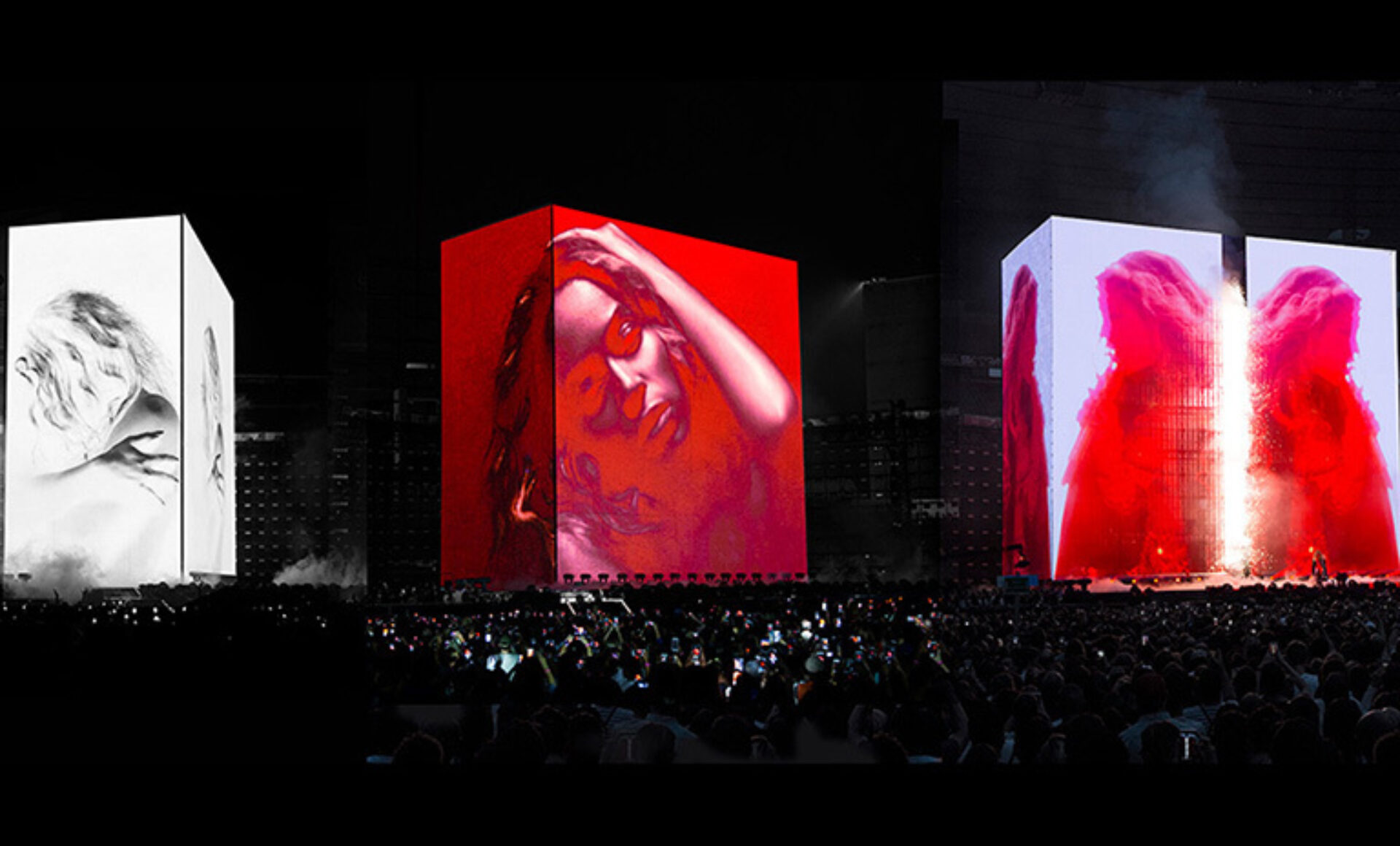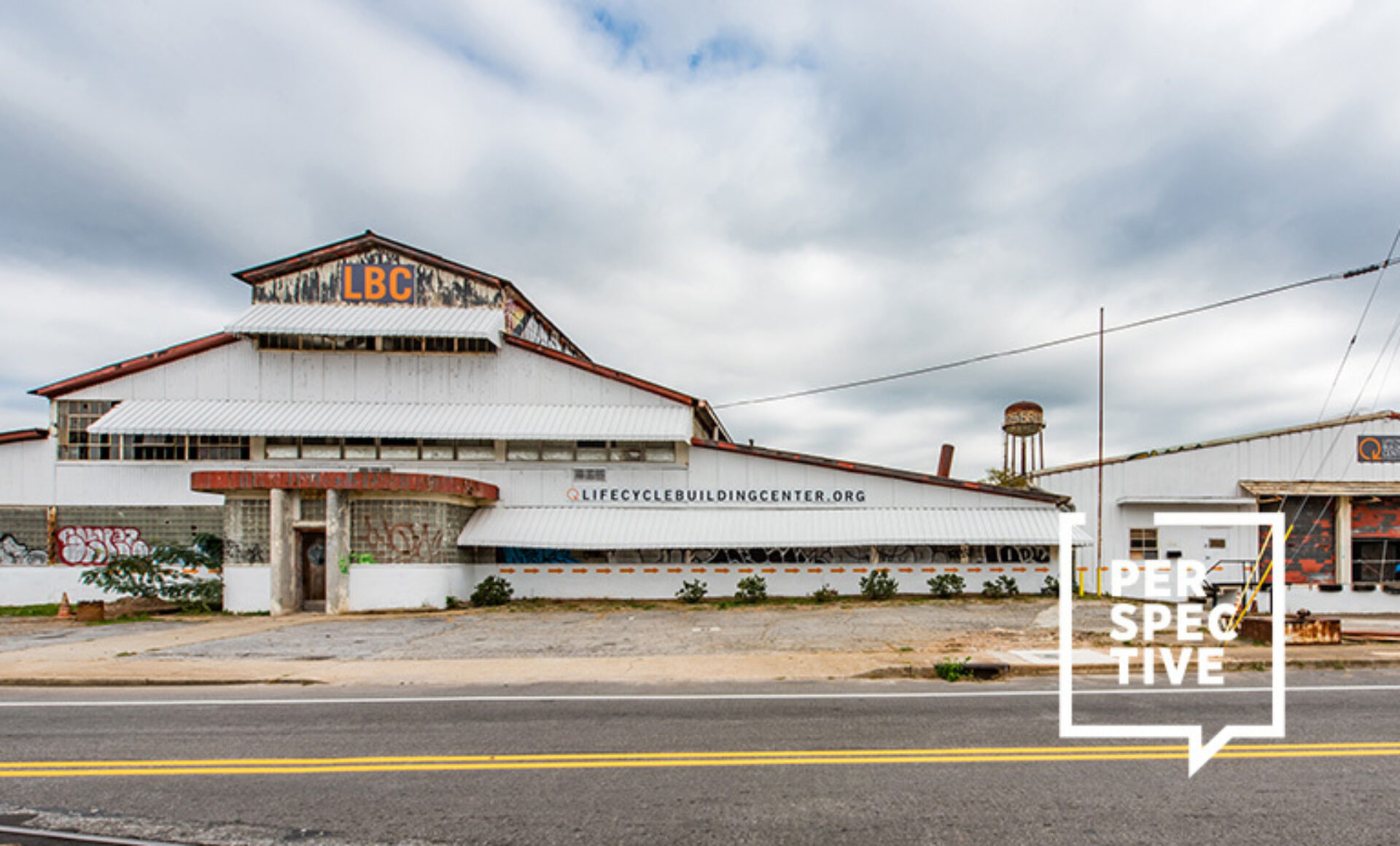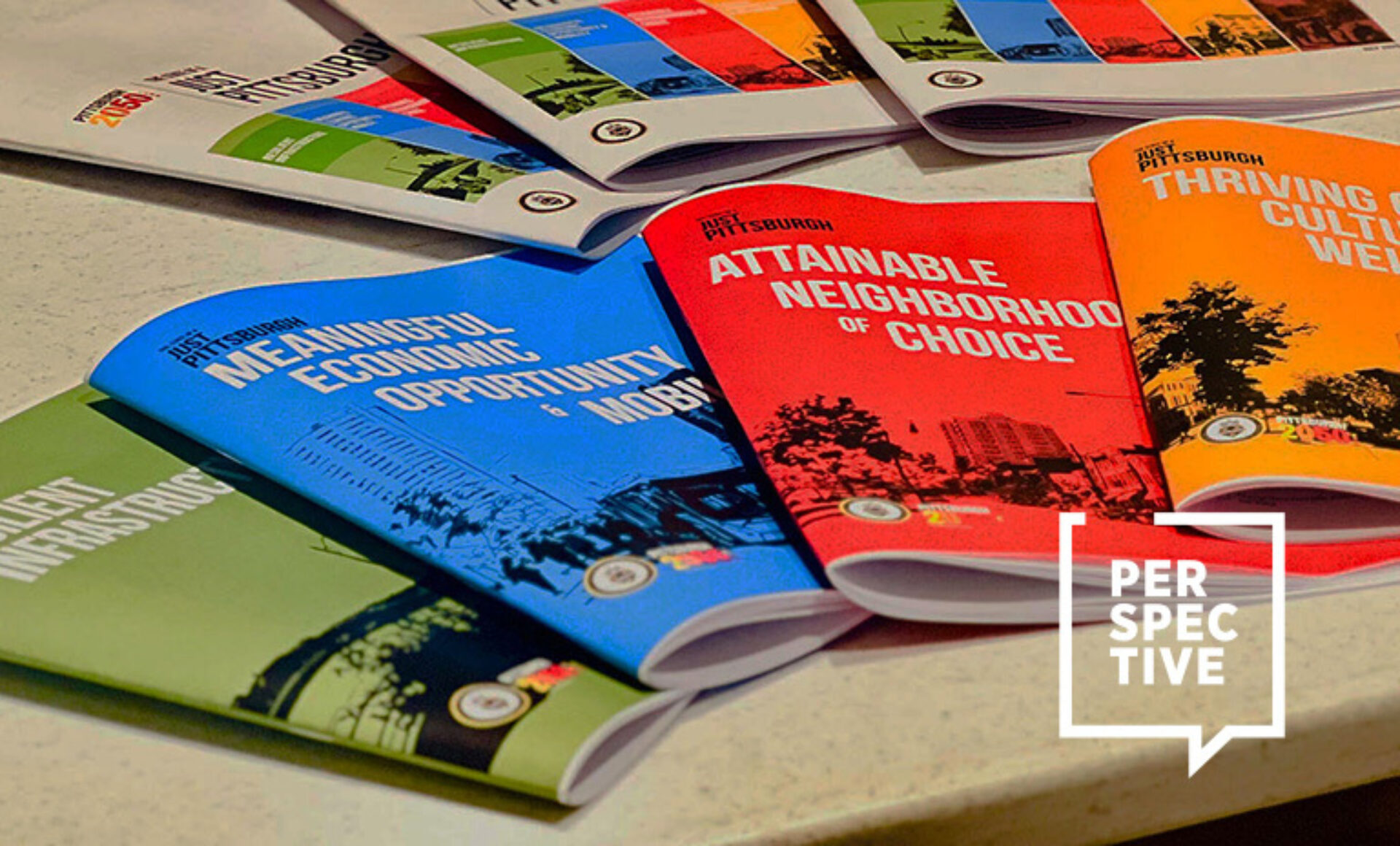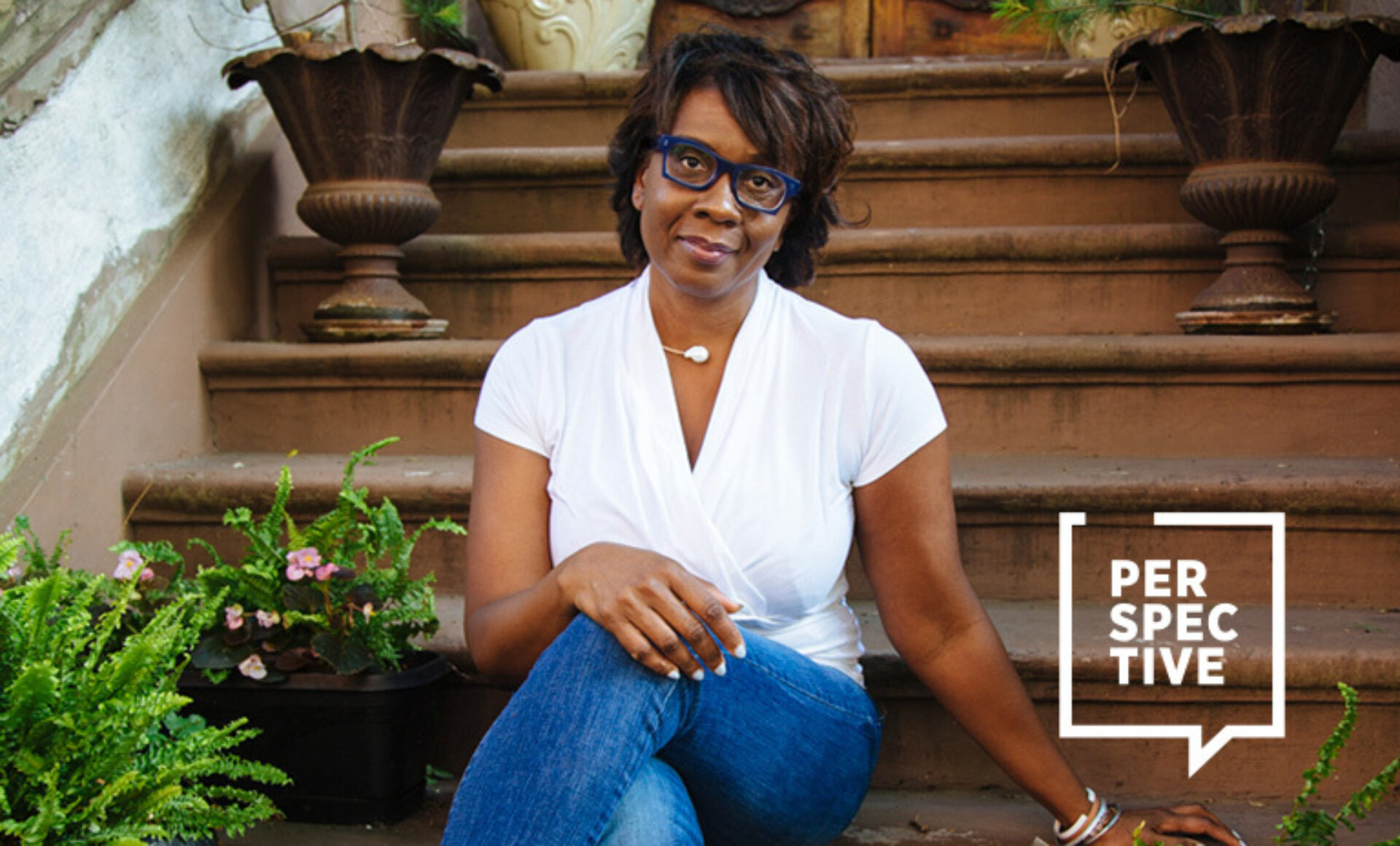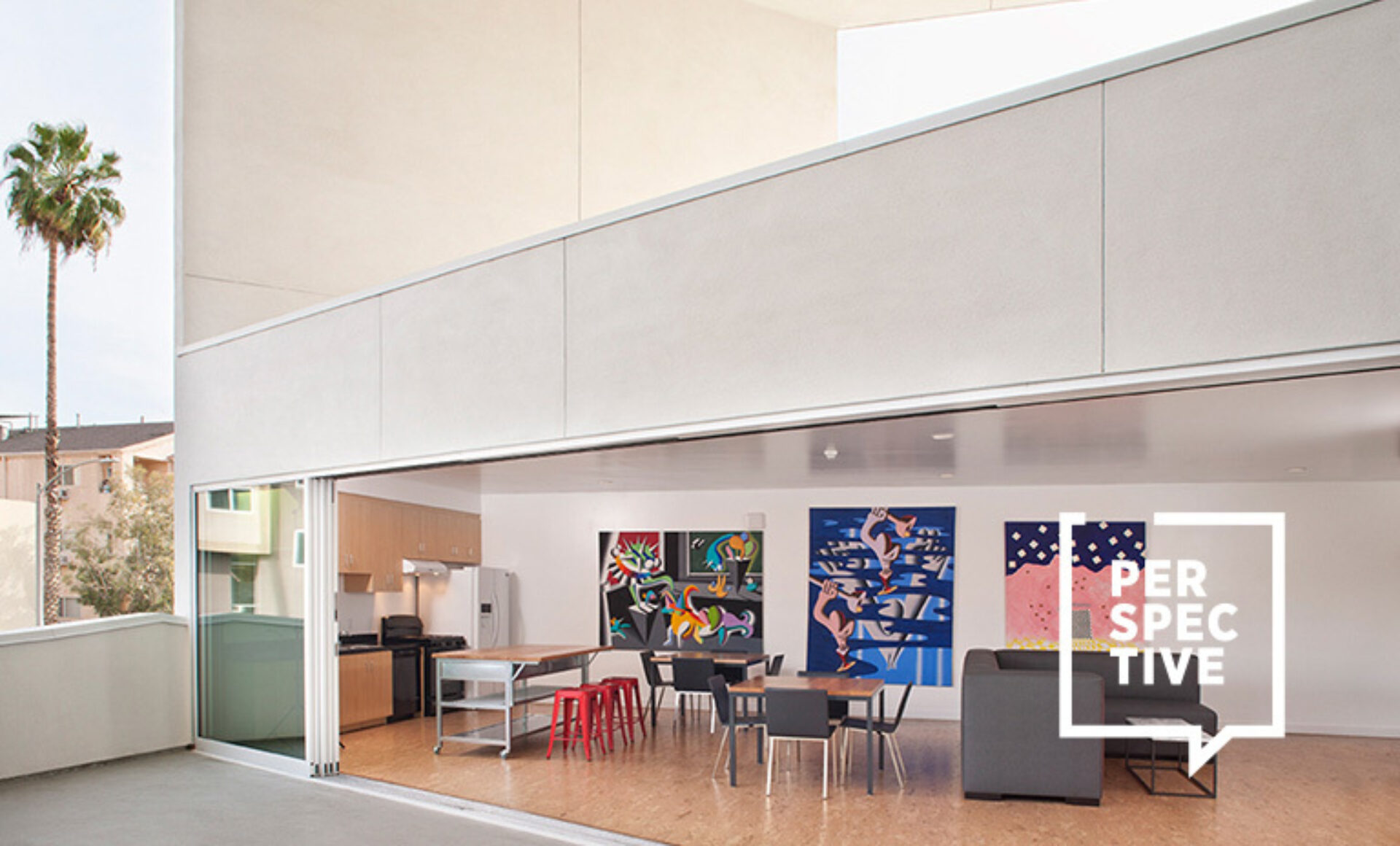From her roots in Oviedo, Spain to her global experiences, Patricia Urquiola's journey has shaped her innovative approach to design. Her name has become synonymous with exceptional architecture projects, imaginative industrial and craft objects, and colorful, versatile spaces—from interiors to art exhibitions. In an insightful conversation, Urquiola, a leading female figure in the design world, shares her early influences (she studied under some of the grand masters of intelligent Italian industrial design in Milan,) the importance of color, texture, and materiality in her work, her diverse collaborations, and the vital role of sustainability in today's design landscape. Join us as we delve deeper into the wellspring of her creativity, the evolution of her design philosophy, and her vision for the future of design at large.
Originally from Oviedo, Spain, you have lived, worked, studied, and lectured around the world. How has the diversity of backgrounds and perspectives influenced you as a designer and as a person?
I feel Spanish as well as Italian. I have a strong connection to the cultural traditions of various regions. From the distinct flavors of Asturian, Basque, Madrid, and Balearic cultures in Spain to the rich influences of Milanese and Lombard heritage in Italy, these diverse backgrounds have deeply influenced my perspective. Living and working in both countries has provided me with a unique appreciation for their distinct identities, and I feel fortunate to receive recognition in both Spain and Italy.
Traveling has been a fundamental part of my training and professional growth. My journey began from Oviedo to Madrid, then I made the leap to Milan, and from there to various parts of the world. Through work-related travels, I have gained a unique perspective on the countries I visit, fostering deeper and lasting relationships. It is a great privilege that allows me to connect with distant cultures that are constantly evolving. These experiences bring back ideas, images, objects, and relationships that can only be truly understood in the moment. Moreover, traveling provides me with a fresh look and better understanding of my own reality—the studio, my loved ones, and the environment I inhabit.

Can you share your early design experiences and influences?
I consider myself extremely lucky! During my studies at the Polytechnic University in Milan, many of my teachers were renowned designers actively working in the field. Individuals like Achille Castiglioni, Vico Magistretti, and Tomàs Maldonado were not only captivating educators but also intriguing personalities. Achille Castiglioni emphasized the importance of designing to engage in a conversation with those who interact with your work, rather than seeking to leave a personal mark. I always found this poetic aspect inspiring. Vico Magistretti deeply influenced me with his determination and taught me to value mistakes and embrace experimentation. From him, I inherited a constant desire to challenge boundaries and conventions. Early on, at the Polytechnic University, through lectures and books by Tomás Maldonado, I embraced the notions of sustainability and responsibility in design. Maldonado was a pioneer who raised the issue of sustainability long before it became mainstream.
(Below: Pipeline Collection freeform wallhanging by Urquiola at the CC-Tapis. Photo By Alejandro Ramirez Orozco)

Where do you seek inspiration, and how has your vision evolved over the years?
Inspiration and creativity do not exist in the abstract; they are derived from the world around me. Films, experiences, books, installations, travels, art exhibitions—all contribute to shaping my understanding and serve as sources of inspiration. I am constantly seeking new ideas. Those who work with me know that embarking on a new project is akin to embarking on an unpredictable journey.
Could you discuss the role of color, texture, and materiality in creating impactful design experiences?
Colors, materials, and light are three interconnected elements that captivate me. I find their interplay particularly fascinating. In the dark, all colors appear similar; it is the interaction of materials with light that gives rise to the enchantment of color. Color is immeasurable; it can be elusive or challenge the form. I enjoy observing how light interacts with architecture and objects.
(Below: The Kettal showroom embodies the interaction between rich dark tones interplaying with lighter tones and textures. Image courtesy of Patricia Urquiola and KettalI)

Collaboration is a significant aspect of your work across various industries and countries. What do you believe is the foundation of successful collaboration?
Empathy forms the foundation of every successful collaboration. Each project is unique and follows a distinct process, but they all stem from dialogue, the exchange of ideas, and a deep understanding of clients. Empathy allows me to grasp their desires and needs.
This issue of the IIDA Perspective member magazine focuses on the future of work. As a female design leader, how do you envision the future of design and how has it evolved in recent years?
While I may not have all the answers about how design will evolve in the future and how our living spaces will be shaped, I can confidently say that the role of designers and architects has already undergone significant transformation. We are now tasked with designing not only physical spaces but also time and human behaviors. This presents a thrilling and challenging moment for our profession.
What do you see as the challenges and opportunities for young creatives today?
I believe that one of the primary challenges for young designers today is to keep up with emerging technologies and tools. It's essential to continually adapt to evolving technologies and acquire the necessary skills to leverage them effectively. These advancements also offer tremendous opportunities for young creatives. The advent of technologies like AI and 3D printing, along with the development of advanced materials, has opened up countless possibilities for creating more sustainable and meaningful designs. For young designers, curiosity is key—not only within our industry and technology but also in areas such as humanities, botanical sciences, sociology, and philosophy.
(Below: Urquiola's Mater line from Mutina. Photos by Piergiorgio Sorgetti)

Can you discuss the importance of sustainability and environmental awareness in your work?
Sustainability has become an indispensable aspect of design. Today, it is no longer a choice but a mantra guiding us. Sustainability encompasses more than just using or recycling materials—it involves considering the entire lifecycle of a product, from sourcing materials to production, logistics, and its eventual dismantling and reuse. A good designer always thinks about how a product can be repurposed. I prioritize these discussions in all my projects. While there may not be a single solution for every challenge, we must strive for continuous incremental evolution and diversification. We aim for a more circular approach, reducing emissions and maximizing the use of all components.
(Below: Cassina's Moncloud sofa in situ designed by Urquiola. Photo by Francesco Dolfo)



